Optimal Times for Pool Leak Detection
Identifying the optimal time for pool leak detection is crucial for accurate assessment and efficient repair. Seasonal variations, usage patterns, and environmental conditions influence the likelihood of detecting leaks effectively.
Performing leak detection before the swimming season begins helps identify issues early, preventing costly water loss during peak use.
Detecting leaks after the season ends allows for repairs before winterization, reducing the risk of freeze damage.
Leak detection is most accurate when the pool is not in frequent use, typically during off-peak months, as water levels stabilize.
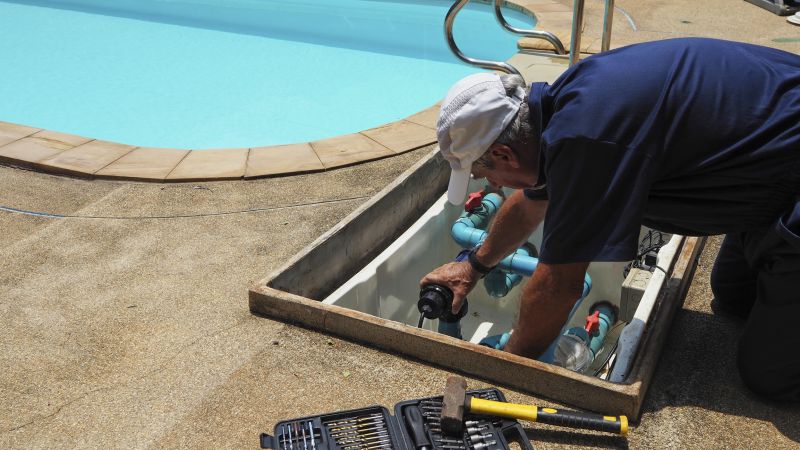
Image of a technician inspecting a pool during early spring.

Image showing pool maintenance in autumn after seasonal use.

Image of a backyard pool during off-peak season with minimal activity.
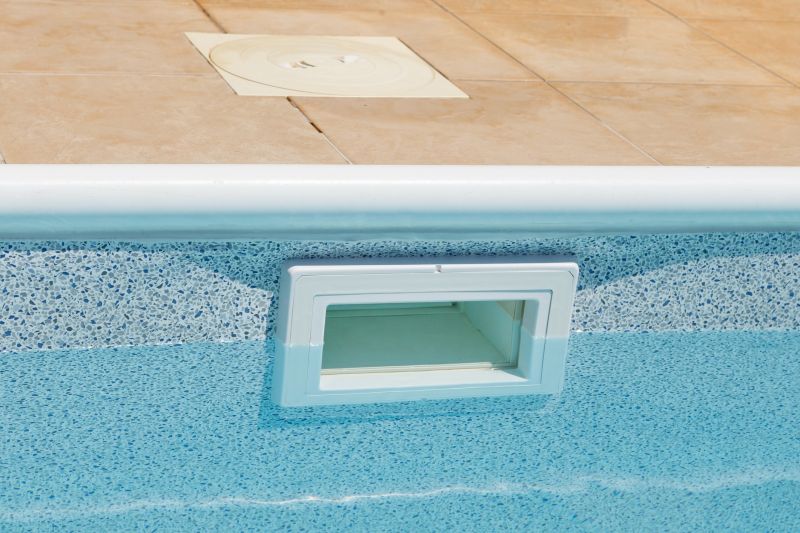
Ways to make Pool Leak Detections work in tight or awkward layouts.

Popular materials for Pool Leak Detections and why they hold up over time.

Simple add-ons that improve Pool Leak Detections without blowing the budget.
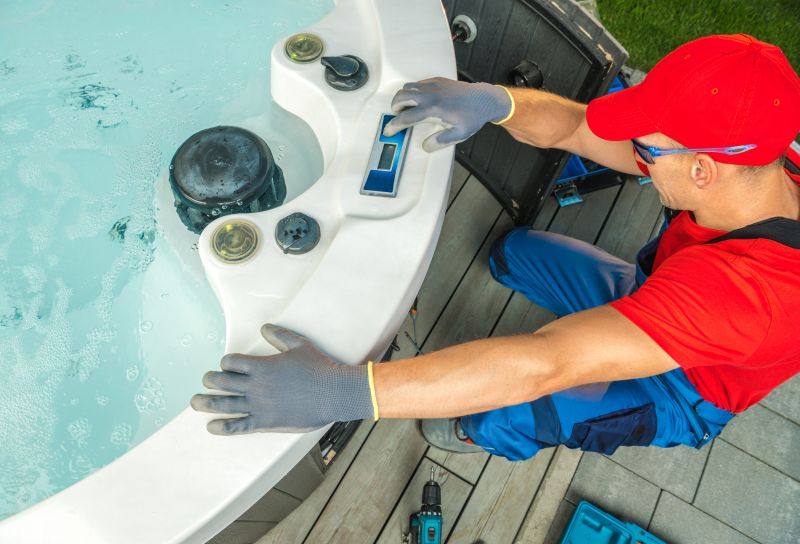
High-end options that actually feel worth it for Pool Leak Detections.
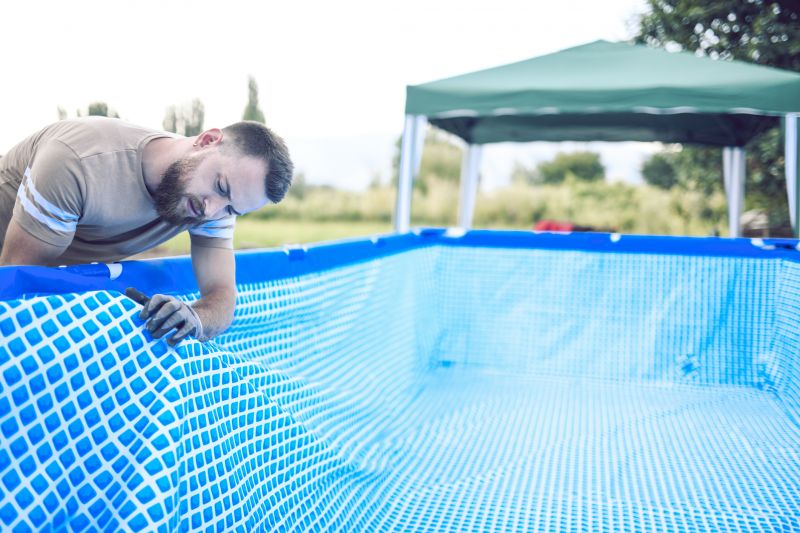
Finishes and colors that play nicely with Pool Leak Detections.
| Season/Time | Ideal Conditions |
|---|---|
| Spring | Before pool opening, water levels are stable, and usage is low. |
| Fall | After pool closure, before winterization, to catch leaks early. |
| Off-Peak Months | During periods of minimal use for best detection accuracy. |
| Post-Repair | After repairs to verify leak resolution. |
| Pre-Winter | Prior to winterization to prevent freeze damage. |
Pool leak detection involves specialized methods to locate water loss sources, which can include visual inspections, pressure tests, and electronic leak detection technologies. Accurate detection can save significant costs by preventing water wastage and structural damage. Studies indicate that small leaks can lead to substantial water loss over time, increasing water bills and potential damage to the pool structure. Regular inspections during appropriate times can help maintain pool integrity and reduce long-term repair expenses.
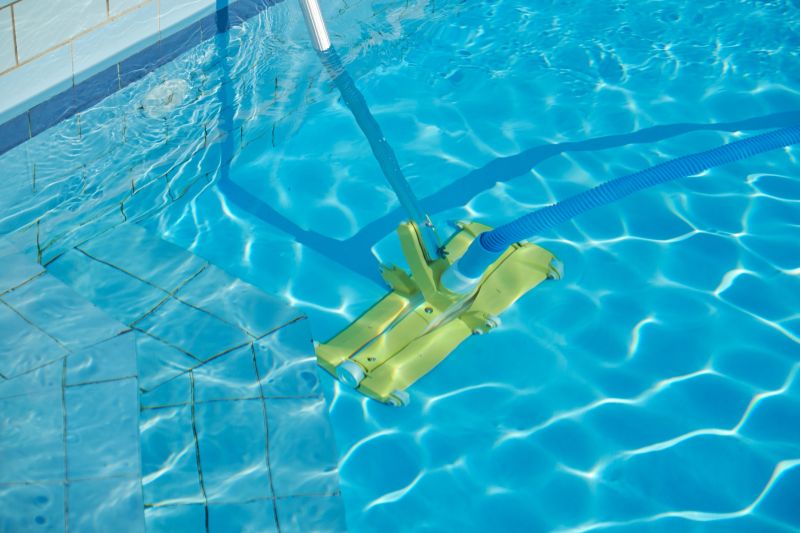
Image of electronic leak detection tools used in pools.
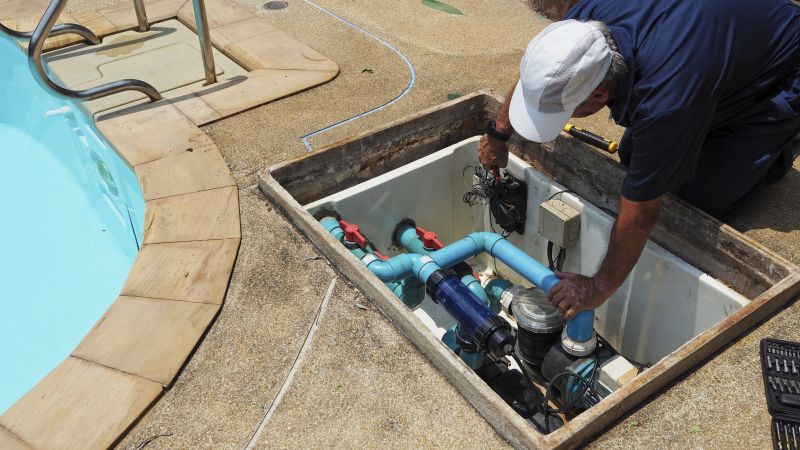
Image of a technician performing a pressure test on a pool.
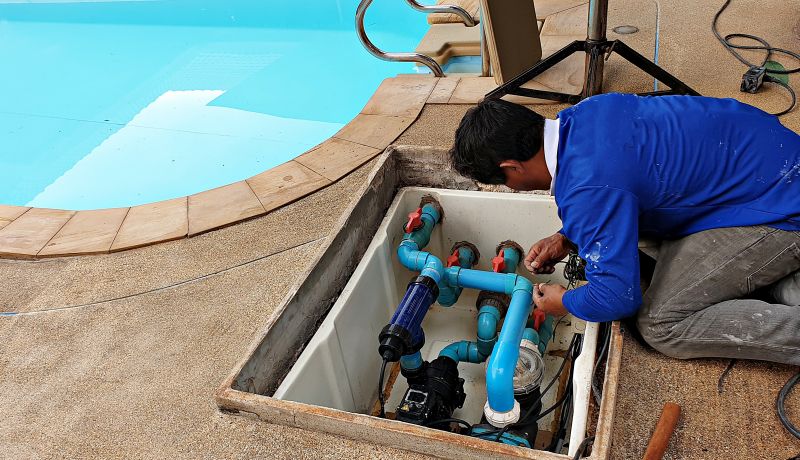
Close-up image of a technician examining pool fittings.
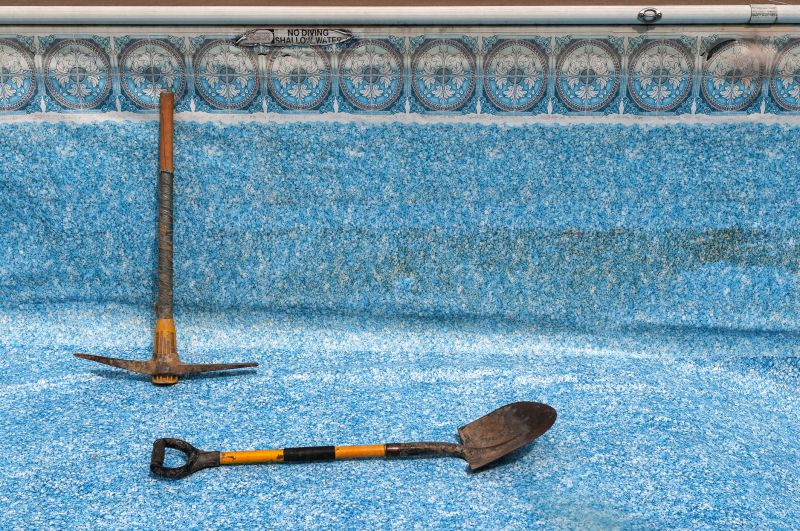
Image showing a pool technician verifying leak repairs.
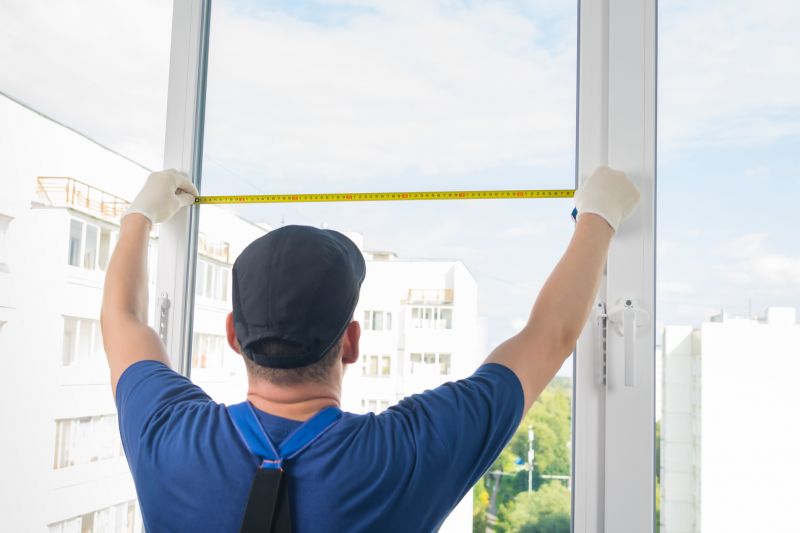
Little measurements that prevent headaches on Pool Leak Detections day.
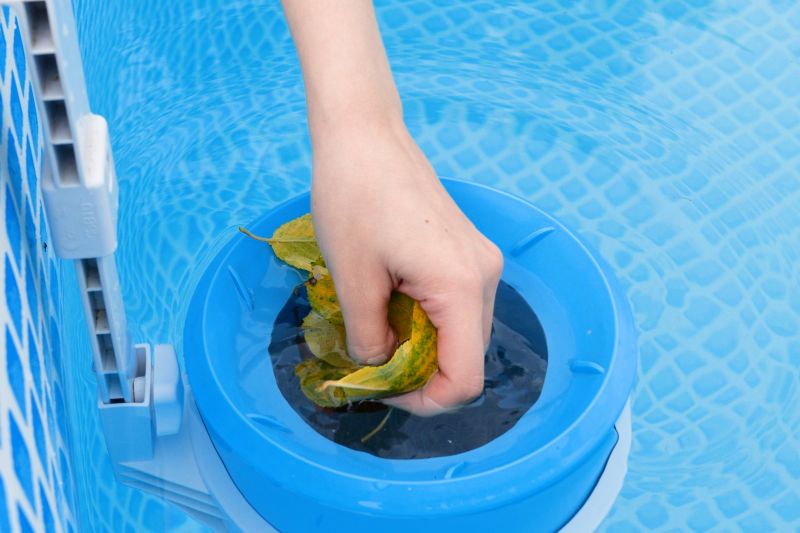
A 60-second routine that keeps Pool Leak Detections looking new.

A frequent mistake in Pool Leak Detections and how to dodge it.
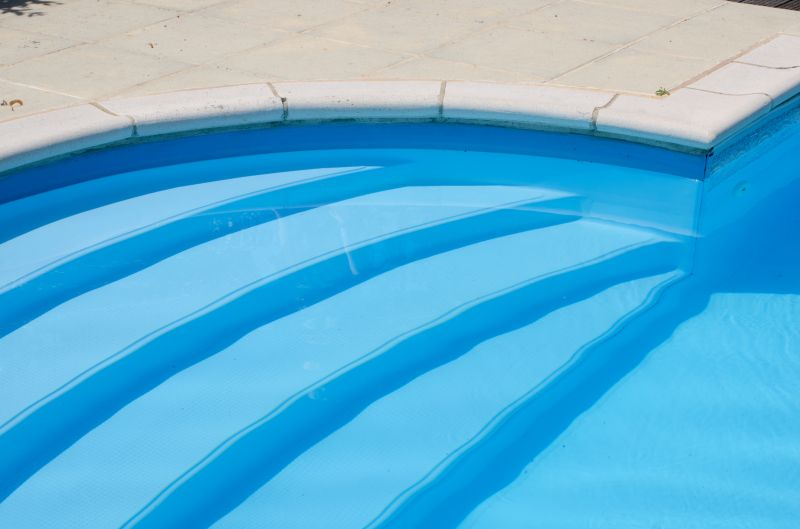
Small tweaks to make Pool Leak Detections safer and easier to use.
Timely leak detection ensures minimal water loss and prevents further damage. Utilizing advanced detection methods during optimal periods enhances accuracy and efficiency. Regular assessments, especially during low-use seasons, can identify leaks before they escalate into costly repairs.
Interested in identifying and repairing pool leaks? Fill out the contact form to schedule an inspection.



